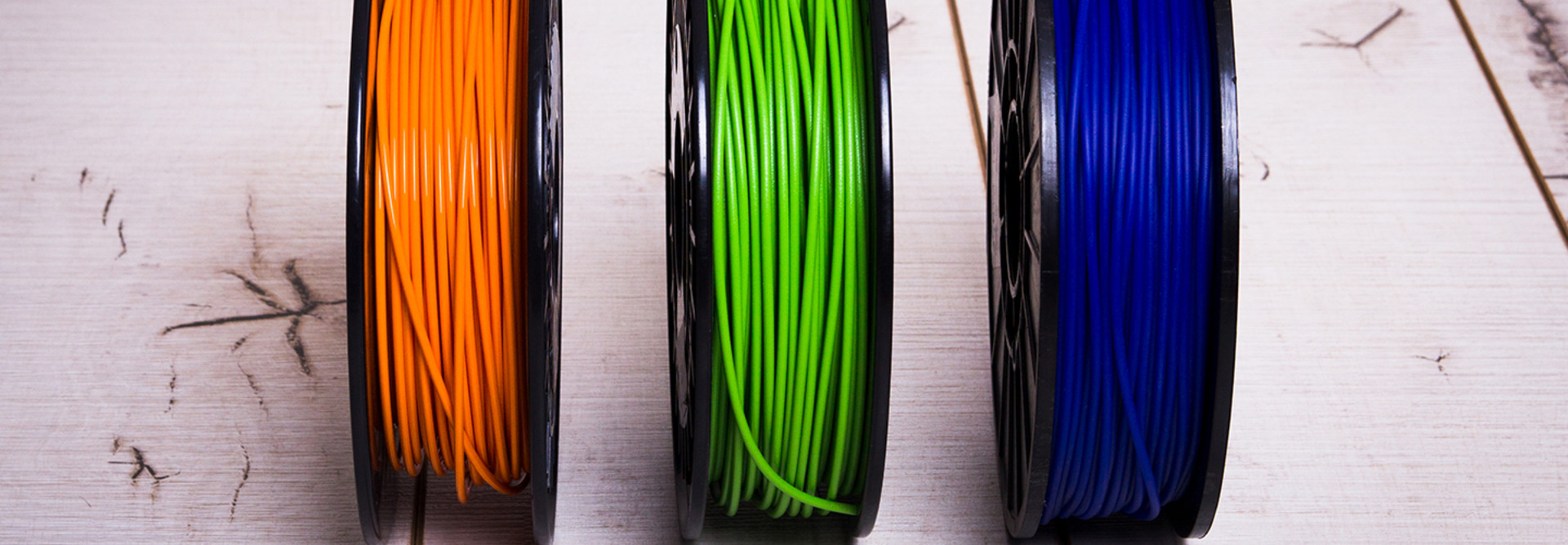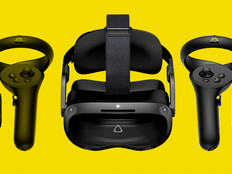The First MakerBot K–12 Innovation Center Teaches Students STEAM Skills
As 3D printing continues to prove itself as an effective tool in the education sector, companies like MakerBot are stepping up to make sure that teachers and students are using the innovative tech to its fullest potential.
To support teachers, MakerBot developed an educator program that includes a community of teachers offering expertise on how to leverage 3D printers in the classroom.
The company also developed MakerBot Innovation Centers, which have cropped up at universities around the country. These centers are essentially 3D printing labs with MakerBot technology and support. The labs have allowed students to make unique use of the tech, printing everything from art to prosthetics.
Late last year, MakerBot extended this program to K–12 learners by opening its first Innovation Center at Mount Olive High School in New Jersey.
MOHS, which originally received a MakerBot printer as a donation in 2013, worked with the company to open the center in response to student demand, eSchool News reports.
“We’ve been talking to many leaders at the college and industry level to better understand what skills students will need to succeed,” says Megan Boyd, a teacher at MOHS who was an early adopter of 3D printing curriculum. “The MakerBot Innovation Center will help us teach these skills as it offers a very different, more hands-on learning environment that gives students more freedom to experiment, learn from failure and progress their thinking.”
Leveraging 3D Printing for Next-Generation Learning
The 33 new MakerBot printers in the Innovation Center are part of the Marauder Innovation Learning Lab (or the MiLL), built in a former auditorium at MOHS, reports Tennessean. The MiLL is designed to be a space for educators like Boyd and co-organizer David Bodmer to teach science, technology, engineering, arts and math (STEAM) courses.
“We pride ourselves in the variety of paths our students can pursue here on their journeys of self-discovery,” says MOHS Principal Kevin Stansberry in the article. “They have the ability to take courses that will lead them to careers they may have never thought of before, some that might not even exist yet.”
As the 3D printing market in a variety of industries continues to grow by leaps and bounds, this kind of experience at an early age will help pave the way for these students to continue to succeed.
At the MiLL, students can develop engineering ideas and then use the 3D printers to print and test them. Because of the access to multiple printers, Bodmer tells MakerBot that these students can now get quick feedback and make quick changes.
“Students need to learn to be flexible in their thinking and be receptive to feedback and refine and develop their ideas,” Bodmer says. “We don’t know what these students will end up doing when they enter the job market but these are the type of skills that will benefit them in any career path.”









